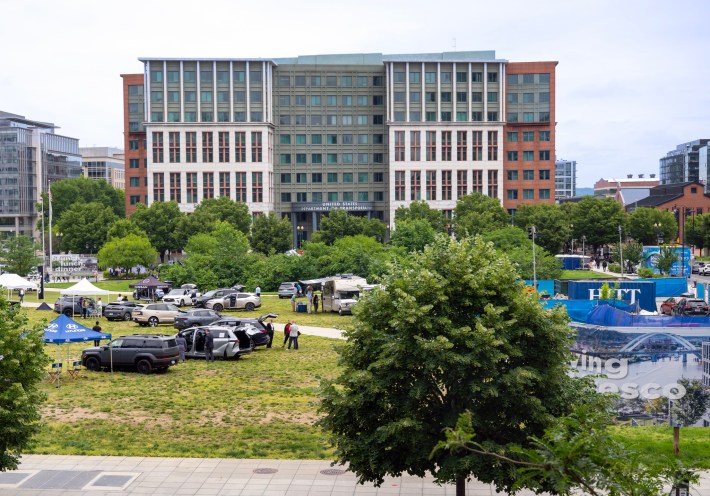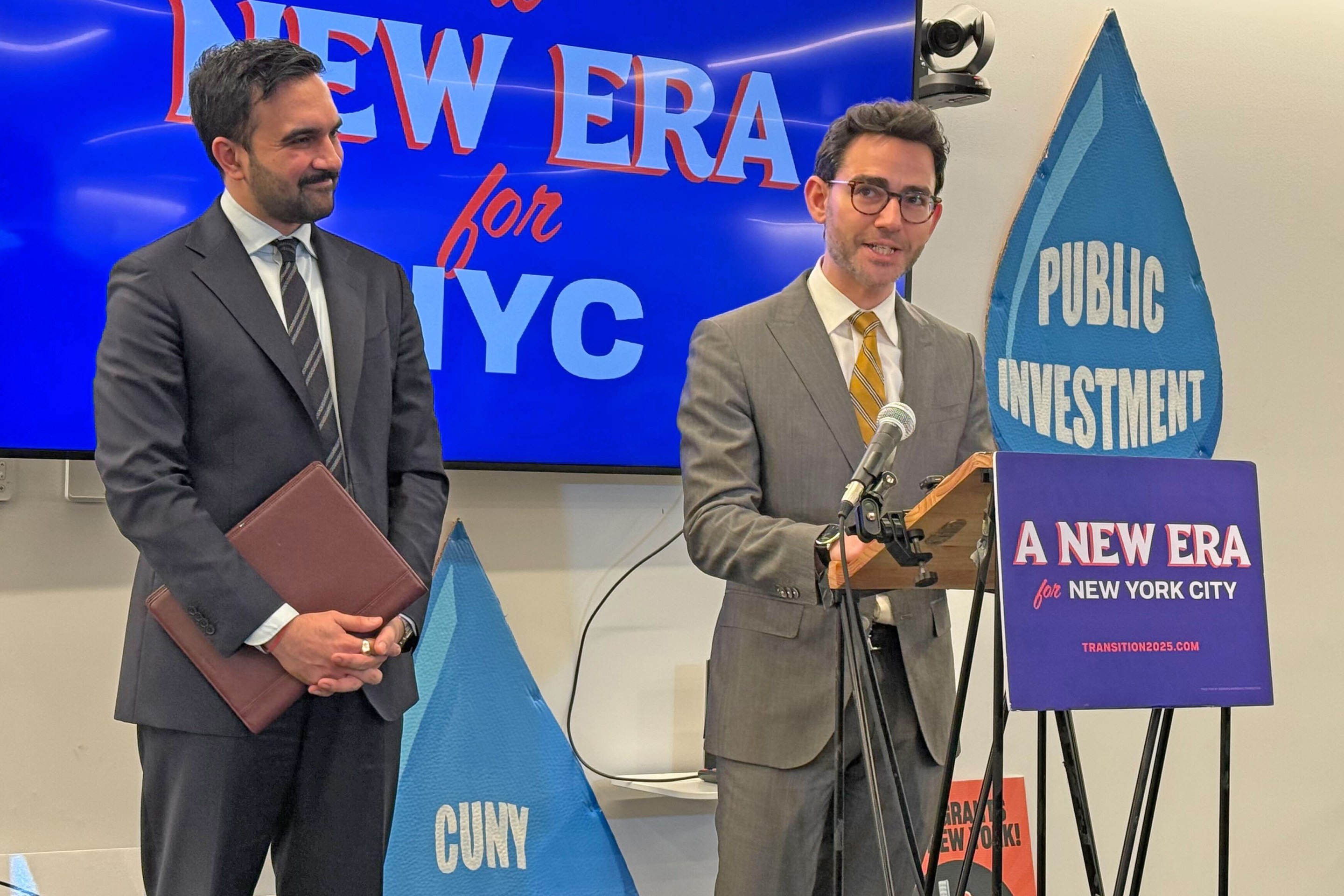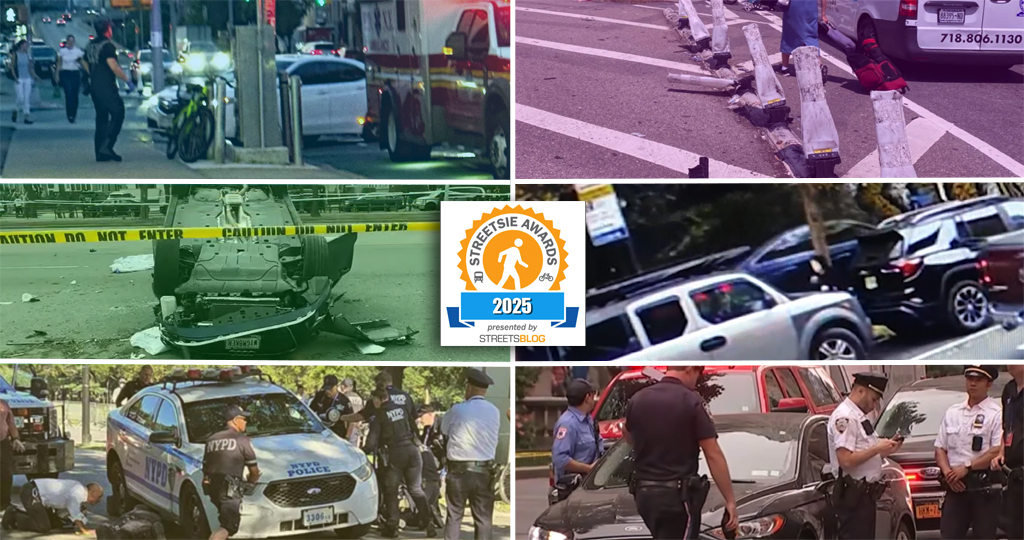There’s nothing like a road trip through the most transit-rich, densely populated and car-choked city in the country.
U.S. Secretary of Transportation Sean Duffy recently launched a “Great American Road Trip” campaign to encourage Americans to take their car to one of hundreds of landmarks across the country — including several in New York City that any tourist in their right mind would access by transit.
“Millions of tourists come to New York because it's so easy to get around using mass transit, ferries, and bicycles," explained NYU Urban Policy Professor Mitchell Moss. “People come to New York precisely because they don’t have to rent a car or drive to get to all the tourist hotspots.”
In spite of that obvious fact of New York City's car-free appeal to travelers, US DOT’s road trip website lists Ellis Island as one possible destination — even though it is literally impossible to drive to the landmark, which sits in the middle of New York Harbor. Visitors instead must take the ferry, which is accessible by three bus routes, five subway lines, light rail and a bike path.
Central Park, which has no designated parking, also makes US DOT's "road trip" list. The park’s own website includes zero driving directions, instead listing the 13 nearby subway routes and six nearby bus routes.
Asked if the 42 million annual visitors to the park should all drive there — and compete for the scarce street parking nearby — Upper West Side Council Member Gale Brewer responded, “No! And no cars are allowed in Central Park!” (Brewer helped to remove all cars from the Central Park loop back in 2018. The road now serves as a safe walking and cycling route for visitors and residents.)
Other New York City destinations on Duffy's list include the Intrepid Museum, the Statue of Liberty, St. Patrick's Cathedral, and Coney Island — all of them accessible by public transit, bike and foot as well.
Even Coney Island, which is relatively far from the downton Manhattan core, is serviced by four subway lines.
“People have been enjoying fun in the sun at Coney Island since the Butch Cassidy and the Sundance Kid era," said Danny Pearlstein, Policy and Communications Director at Riders Alliance, "well before the automobile, when the trains ran on the street."
The federal government recommended road trips to other dense cities as well. The Freedom Trail, the New England Aquarium and Faneuil Hall are all listed on the DOT website as destinations in Boston, all locations with world-class transit accessibility.

But the absence of any pro-transit rhetoric by Duffy should not come as a surprise.
Duffy recently canceled funding for the high-speed rail project in Texas, which would connect Dallas and Houston. The service would have cut the current four hour drive into a 90 minute train ride.
The Trump administration also recently reallocated 25 percent of funding away from Amtrak’s Northeast Corridor, one of the only profitable routes, and cut 450 positions to save $100 million annually.
Duffy’s campaign may appear to be a rather benign nod to American car culture, but it is part of a larger shift by the federal government to reinforce the nation’s reliance on fossil fuels.
“The Great American Road Trip is happening in parallel to the juggernaut fossil fuel bill moving through congress, masquerading as fiscal policy,” Pearlstein remarked, referring to the Big, Beautiful Bill, which removes Biden-era provisions meant to shift energy consumption to renewables.
“New York City was founded as a city in the age of sail, powered by wind,” Pearlstein added. “And we should be wind-powered again.”
A whopping 61.6 Million Americans will drive to their vacation destinations this weekend, making up over 80 percent of all vacation trips. Sean Duffy’s refusal to promote viable alternatives means that Americans will continue to sit in unavoidable headache-inducing traffic, and New Yorkers will suffer from increased pollution from gas guzzlers who choose to visit places like Central Park in the least efficient way possible.






